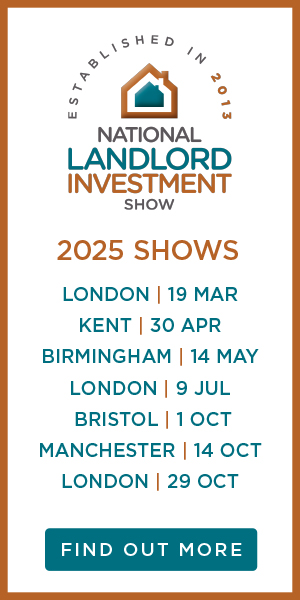Keir Starmer’s announcement about building on the Green Belt attracted some contentious headlines.
It immediately thrust housing and planning into the centre of the political battlefield.
Labour and the Conservatives have their battlelines firmly drawn up, with the NIMBYs on one side and the YIMBYs on the other.
A sensible discussion on the Green Belt is long overdue.
But can it remain sensible in this febrile environment?
We must move away from images of ‘concreting all over the Green Belt’. The idea that housing developments are primarily ‘grey’ may been true of post-war development when the Green Belt was introduced, but is not today.
As a result of changes in approaches to development today, new communities have the potential to be attractive, primarily ‘green’ spaces which significantly boost both the aesthetic and biodiverse qualities of the land.
Furthermore, we must look again at the definition of the Green Belt.
As Starmer quite accurately pointed out, much of it isn’t even green: contrary to a widely-held belief that the Green Belt is a bucolic ring of verdant countryside open to all, much of it is inaccessible and/or preserves and protects unattractive edge-of-settlement brownfield sites – those which have potential for sustainable development.
We have seen so many changes since the Green Belt was first introduced, including the New Towns programmes of the 1960s and 1970s – places like Milton Keynes, Basingstoke and Crawley were villages when the Green Belt was first introduced.
It is therefore imperative that the Green Belt is reviewed in order to deliver enough homes in the right places and protect land that deserves to be protected.
But because development is so sensitive, so complex and has so much scope for subjectivity, a review of the Green Belt can only be delivered though a national or at least a strategic regional plan, led by the Department for Levelling Up, Housing & Communities.
The Green Belt began as a national policy and must remain as such.
The controversy surrounding Starmer’s speech raises the question, is Green Belt release the only way in which we can increase housing supply?
My answer is that it is the only way in which housing numbers can be increased at scale: building 300,000 houses on the Isle of Wight could achieve this, and while popular with many, wouldn’t address the need for people to be located either close to economic centres or in close proximity to sustainable transport.
Adapting the Green Belt which surrounds Oxfordshire and Cambridgeshire, on the other hand, could achieve this.
It is important to note that a review of the Green Belt does not necessary mean a reduction in the Green Belt, which is how it is often presented.
It means that that areas worthy of protection are included and those – such as the car park that Keir Starmer referred to in his speech – are potentially repurposed, and quite possibly in such a way that increases their aesthetic value.
To gain political and public support, the Green Belt needs to be reframed on the basis of expansion.
Since 1955 when the Green Belt was introduced, the UK population has grown from 51,063,902 to 68,497,907. The housing crisis demonstrates a desperate need for sustainable new settlements and we have adequate measures, such as AONB and conservation area status, in place to ensure that this is done sensitively.
We need to move away from the idea that there’s something intrinsically unattractive about development: twenty well designed houses, in sympathetic landscaped surroundings can benefit the natural environment, rather than detract from it.
I believe that Keir Starmer is very much on the right track in accepting that the Green Belt must be reviewed to address the housing crisis.
I believe it is possible to expand the Green Belt overall, while also delivering more homes.
But a strategic approach is the only way in which this can be achieved.
























Comments